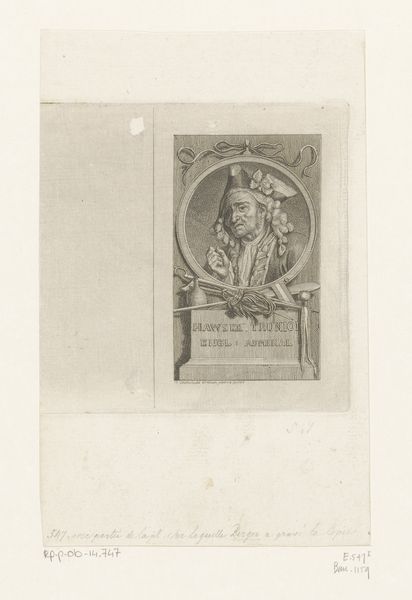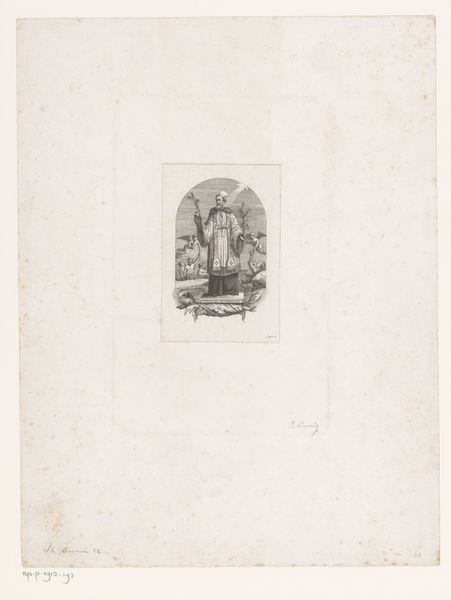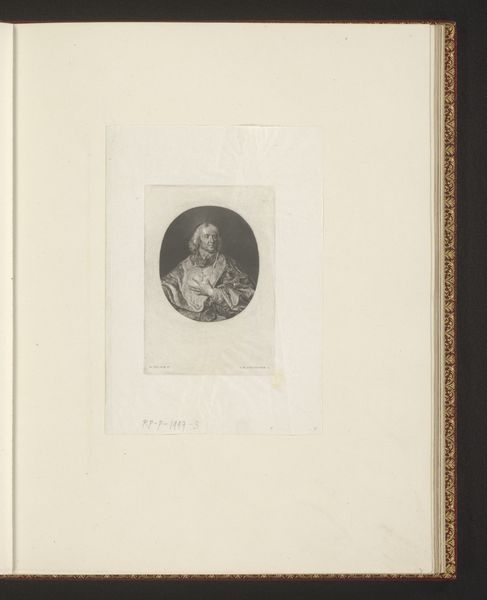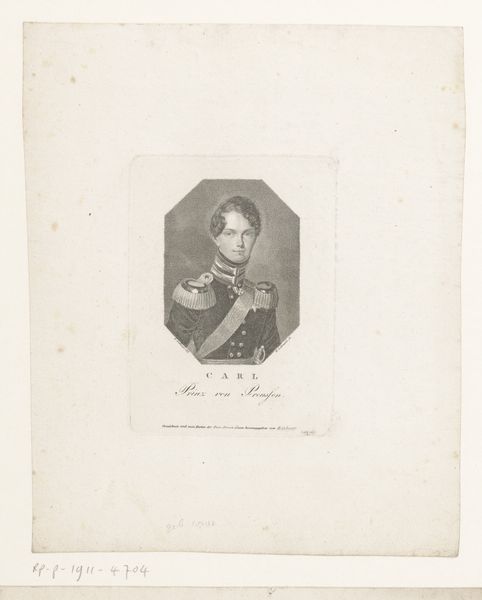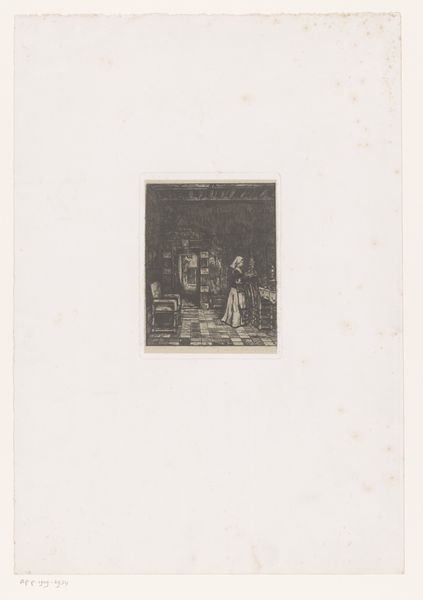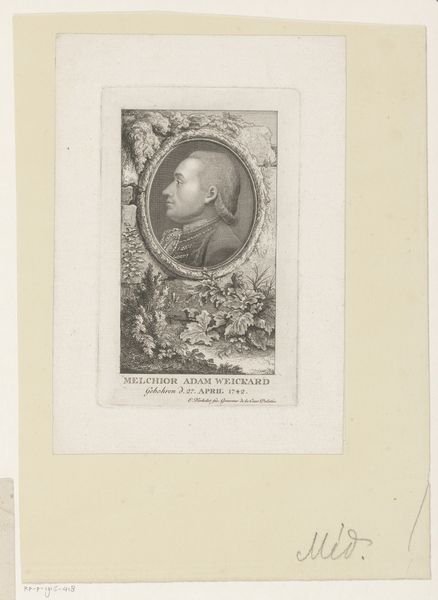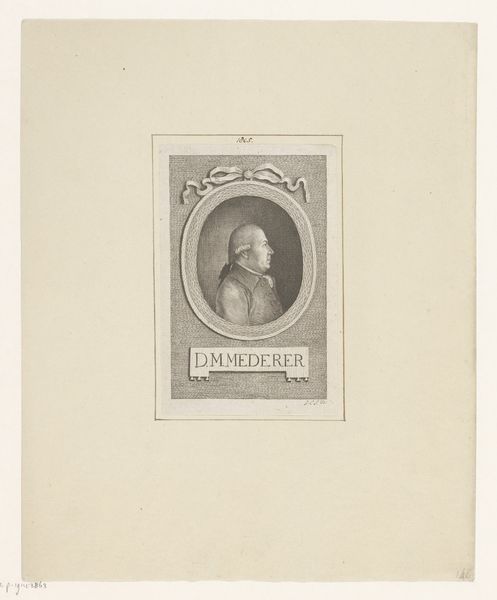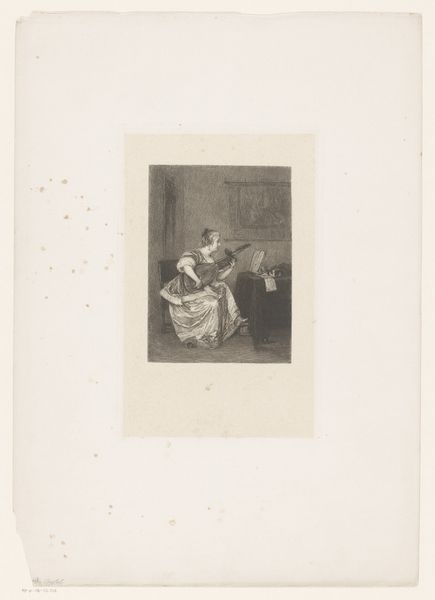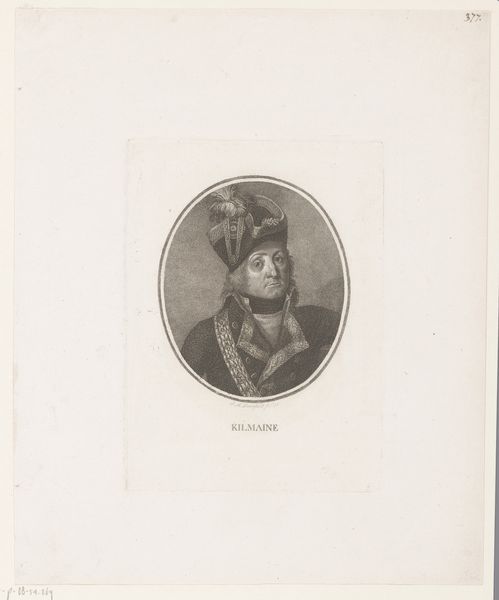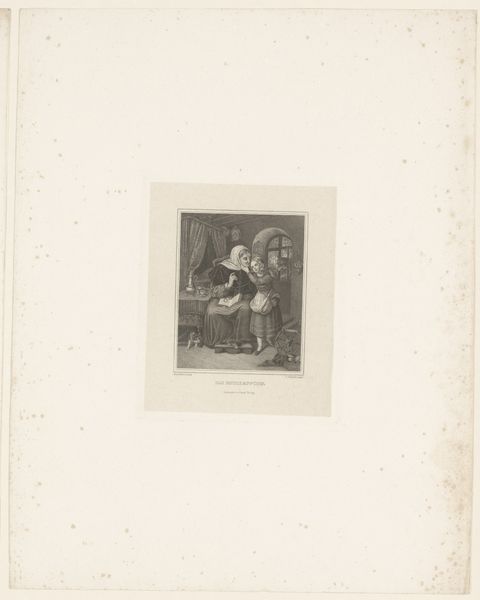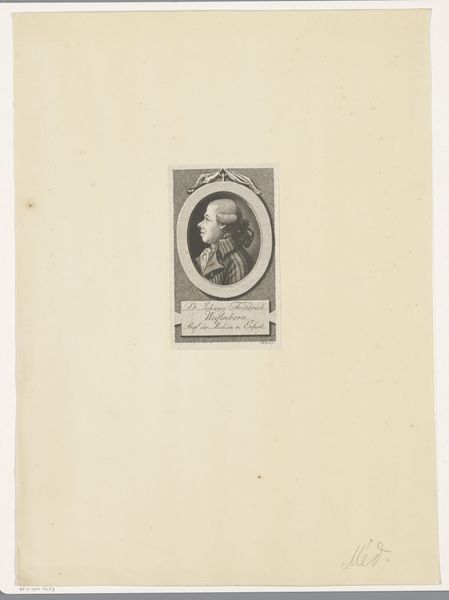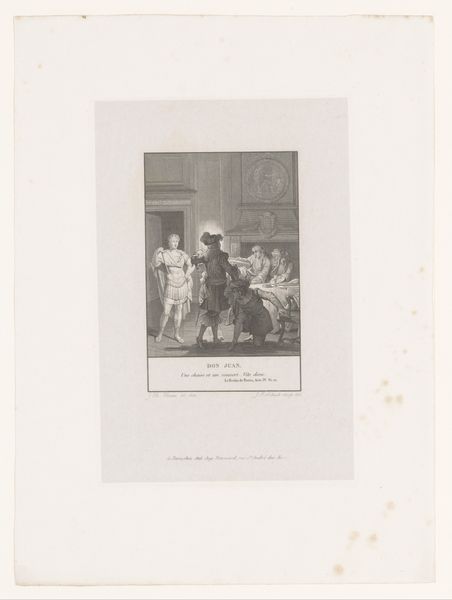
Dimensions: height 177 mm, width 119 mm
Copyright: Rijks Museum: Open Domain
Jacob Houbraken made this portrait of Roelof Bicker in the 18th century using engraving. This intaglio printmaking technique involves cutting a design into a flat surface, typically a metal plate, with a tool called a burin. Consider the labor-intensive nature of engraving; each line is manually incised, demanding precision and control. Houbraken’s skilled manipulation of the burin creates tonal variations through the density and depth of the lines. The cross-hatching, in particular, builds up areas of shadow and volume, defining Bicker's features and clothing. The choice of engraving as a medium also speaks to a wider social context. In the 18th century, printmaking played a crucial role in disseminating knowledge, political ideas, and portraiture to a broader audience. While painting and sculpture were available only to the wealthiest classes, prints made art accessible to the emerging middle classes, fostering a sense of shared culture and identity. Paying attention to the materials, the making, and the context allows us to appreciate not just the image itself, but also its role in shaping social and cultural values.
Comments
No comments
Be the first to comment and join the conversation on the ultimate creative platform.
